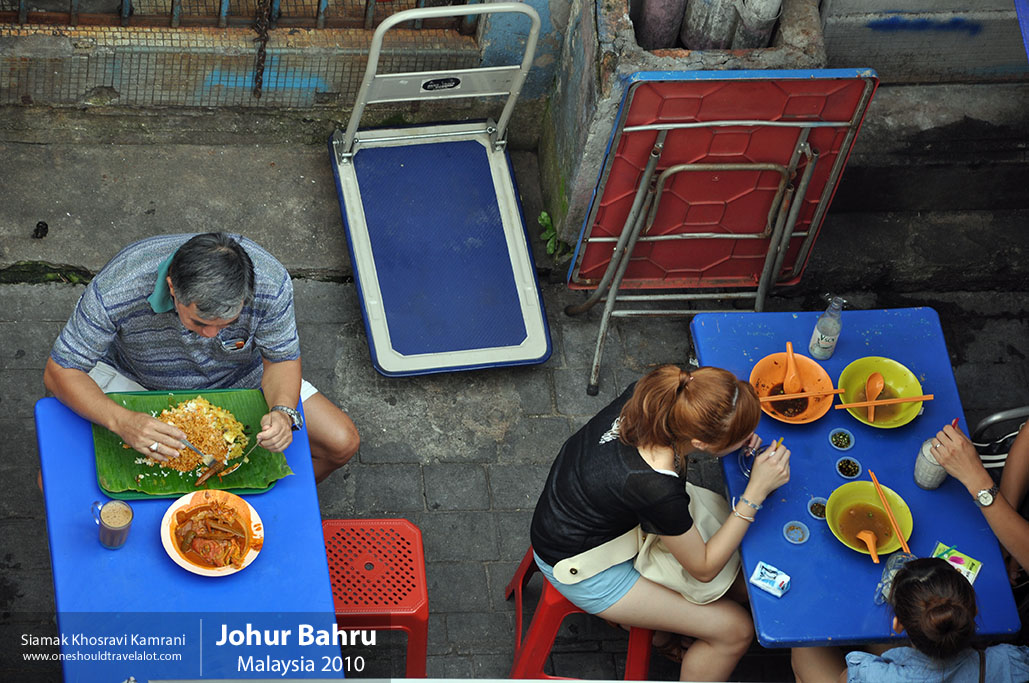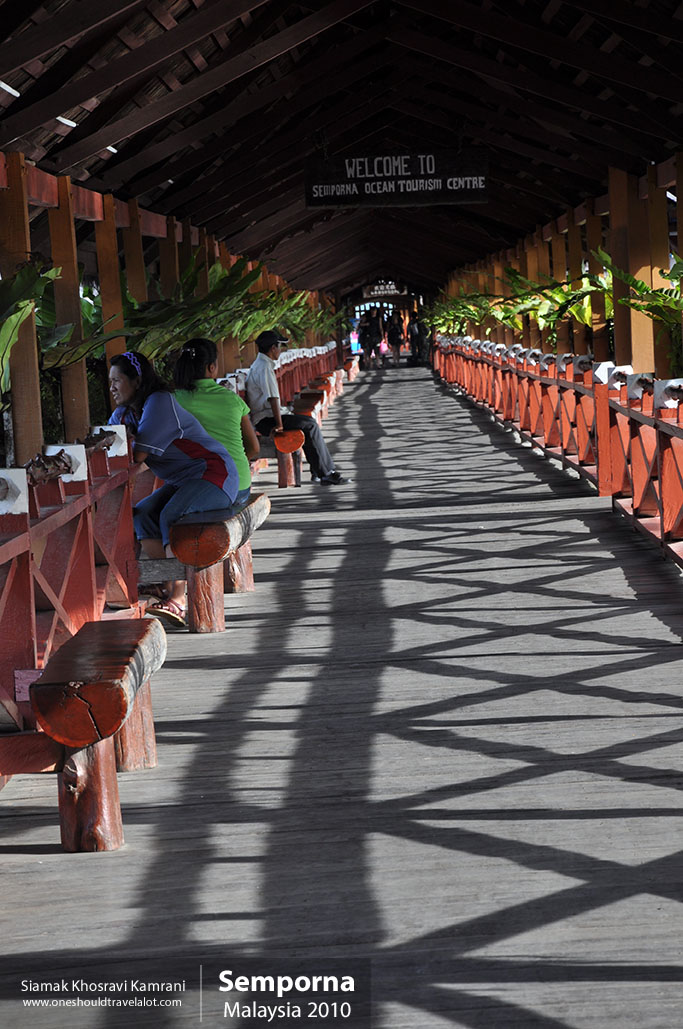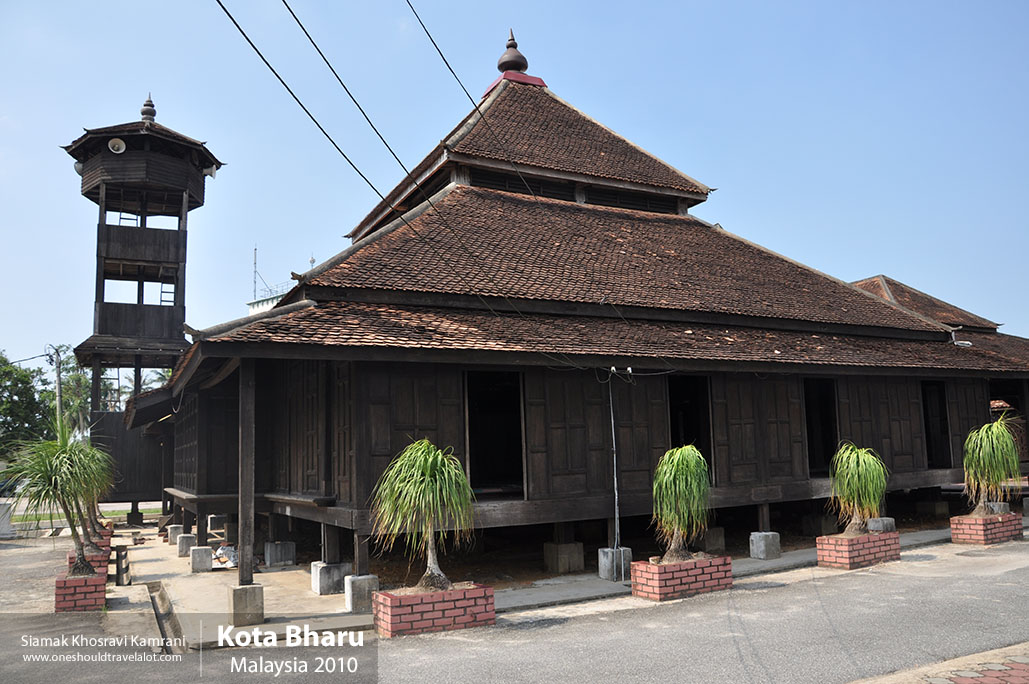Discovering Kuala Lumpur: A Photographer’s Journey
Kuala Lumpur, the capital of Malaysia, is a city where modernity meets tradition, creating a vibrant tapestry of cultures and experiences. My journey as a photographer brought me to this bustling metropolis, a place where the skyline is dominated by futuristic skyscrapers while traditional markets and colonial buildings stand as reminders of its rich history.
First Impressions
As I landed in Kuala Lumpur, the first thing that struck me was the city’s impressive skyline. The iconic Petronas Twin Towers, standing tall at 452 meters, immediately caught my eye. These towering giants, once the tallest buildings in the world, are a testament to Malaysia’s rapid development and ambition. Yet, amidst this modern marvel, there was a palpable sense of tradition and history.
The drive from the airport to the city center was smooth, showcasing well-maintained highways and a mix of urban and natural landscapes. Palm trees and lush greenery lined the roads, providing a stark contrast to the steel and glass structures ahead. Kuala Lumpur’s standard of living seemed high, with a well-developed infrastructure and a cosmopolitan vibe.
A City of Contrasts
Kuala Lumpur is a melting pot of cultures, and this diversity is reflected in every aspect of the city. Malays, Chinese, and Indians form the majority of the population, each community contributing to the city’s rich cultural tapestry. Walking through the streets, I could hear a symphony of languages – Malay, Mandarin, Tamil, and English – each adding its unique rhythm to the city’s heartbeat.
The Bustling Markets
My first stop was the Central Market, a cultural and heritage site that has been a cornerstone of Kuala Lumpur since 1888. The market is a paradise for photographers, with its vibrant stalls selling everything from traditional batik prints to handmade jewelry. The smell of spices, the colorful displays of fabrics, and the bustling activity of traders and shoppers provided a feast for the senses.
I spent hours wandering through the narrow aisles, capturing the essence of this lively marketplace. The friendly vendors were more than willing to share stories about their crafts, adding depth to my photographs. It was here that I truly felt the warmth and hospitality of the Malaysian people.
Street Food Delights
No visit to Kuala Lumpur is complete without indulging in its street food. Jalan Alor, a famous food street, is a haven for food lovers. As the sun set, the street came alive with neon lights and the enticing aroma of various dishes. From satay skewers and char kway teow to durian, the king of fruits, the variety was overwhelming.
I photographed chefs skillfully preparing their specialties, flames leaping from woks as they cooked. Each dish told a story of cultural fusion, reflecting the diverse heritage of Malaysia. The locals and tourists mingled, bonded by their love for food. Sharing a table with strangers and exchanging stories added a personal touch to my culinary adventure.
Exploring Cultural Landmarks
Kuala Lumpur’s rich history is showcased through its numerous cultural landmarks. The blend of old and new is particularly evident in places like Merdeka Square and the Sultan Abdul Samad Building. The latter, with its Moorish architecture and iconic clock tower, stands as a reminder of the city’s colonial past.
The Petronas Twin Towers
The Petronas Twin Towers are not just architectural marvels but also symbols of Malaysia’s progress. I visited the towers at night, when they are beautifully illuminated. The sight was awe-inspiring, and I captured numerous shots from different angles, each highlighting their grandeur.
The Skybridge, connecting the two towers on the 41st and 42nd floors, offers a breathtaking view of the city. From this vantage point, Kuala Lumpur sprawled out below me, a dazzling sea of lights. It was a photographer’s dream, and I spent hours capturing the cityscape, each click of my camera preserving a moment in time.
Thean Hou Temple
The Thean Hou Temple, a six-tiered Chinese temple, provided a serene contrast to the urban hustle. Nestled on a hill, the temple is dedicated to the goddess Tian Hou. The intricate architecture, with its dragon pillars and vibrant red and gold motifs, was mesmerizing.
I arrived just in time to witness a traditional Chinese wedding ceremony, a beautiful blend of rituals and customs. The bride and groom, in their traditional attire, made for stunning subjects against the backdrop of the temple. The atmosphere was filled with joy and reverence, and I felt privileged to capture such intimate moments.
Immersing in Local Life
To truly understand Kuala Lumpur, I ventured beyond the tourist hotspots and explored the neighborhoods where locals live and work. Kampung Baru, a traditional Malay village in the heart of the city, offered a glimpse into a different way of life. Wooden houses on stilts, surrounded by banana trees and flowering plants, stood in stark contrast to the surrounding skyscrapers.
The residents of Kampung Baru were welcoming and curious about my photography. They shared stories of their daily lives, their traditions, and their hopes for the future. I captured portraits of elderly men in their songkoks (traditional caps) and women in colorful baju kurung (traditional attire), each face telling a story of resilience and pride.
The Natural Beauty
Kuala Lumpur is not just about urban landscapes; it also boasts beautiful natural attractions. The Batu Caves, a series of limestone caves and cave temples, are a short drive from the city. The towering golden statue of Lord Murugan, standing at 42.7 meters, guards the entrance, inviting visitors to climb the 272 steps to the main cave.
The climb was challenging but rewarding. Inside the cave, the high ceilings and natural formations created a mystical atmosphere. The soft light filtering through the openings in the cave roof provided a perfect setting for photography. Devotees and tourists alike marveled at the natural beauty and spiritual ambiance of this sacred site.
Additional Information for Travelers
Getting Around
Kuala Lumpur has an efficient public transport system, including buses, trains, and taxis. The RapidKL trains are a convenient way to navigate the city, connecting major attractions and neighborhoods.
Best Time to Visit
The best time to visit Kuala Lumpur is during the dry season, from May to July. However, the city can be visited year-round as it has a tropical rainforest climate, with occasional rain showers providing a refreshing break from the heat.
Accommodation
Kuala Lumpur offers a range of accommodation options, from luxury hotels to budget hostels. Staying in areas like Bukit Bintang or KLCC provides easy access to major attractions and a vibrant nightlife scene.
By immersing yourself in the culture, exploring the landmarks, and connecting with the locals, you’ll discover that Kuala Lumpur is more than just a destination – it’s an experience.



